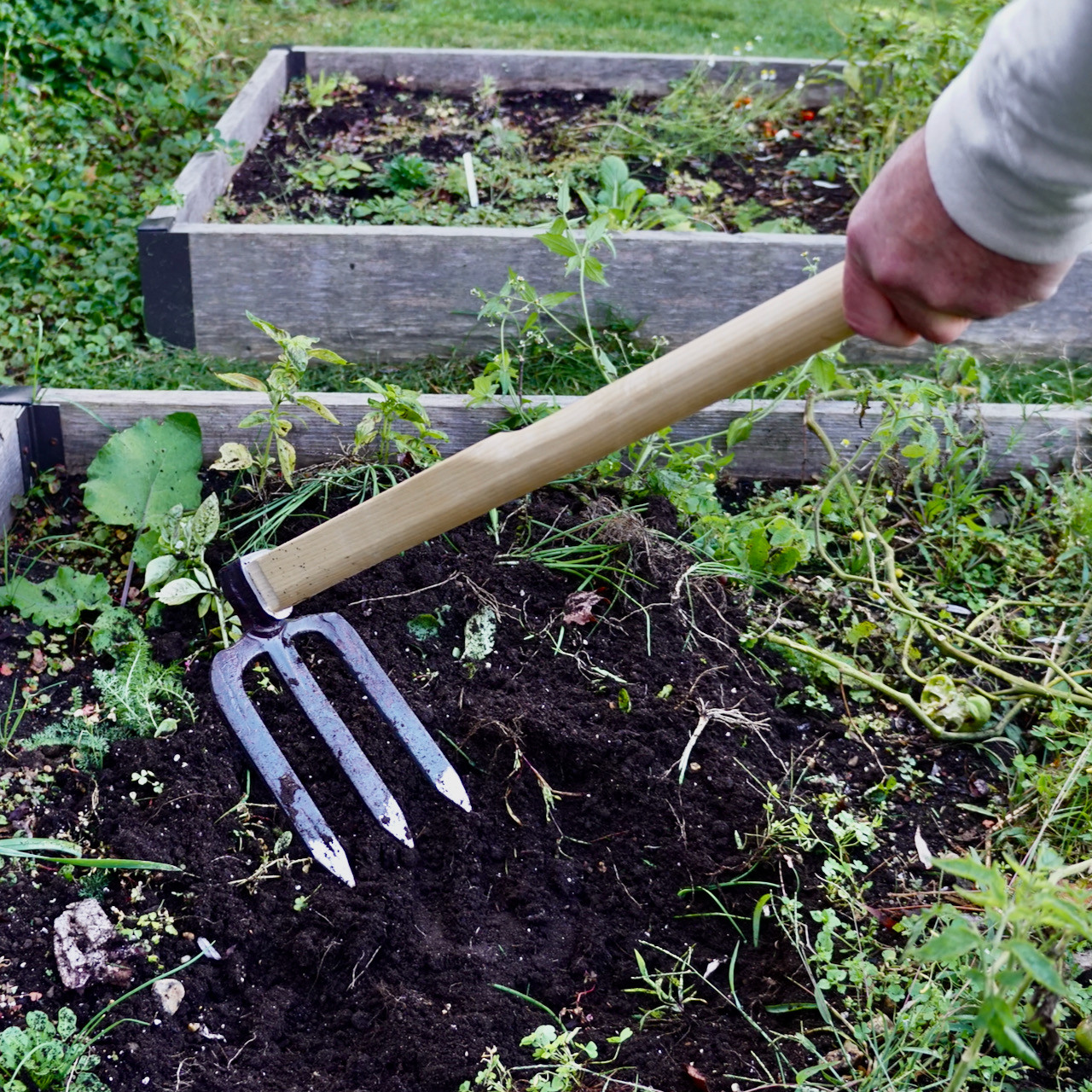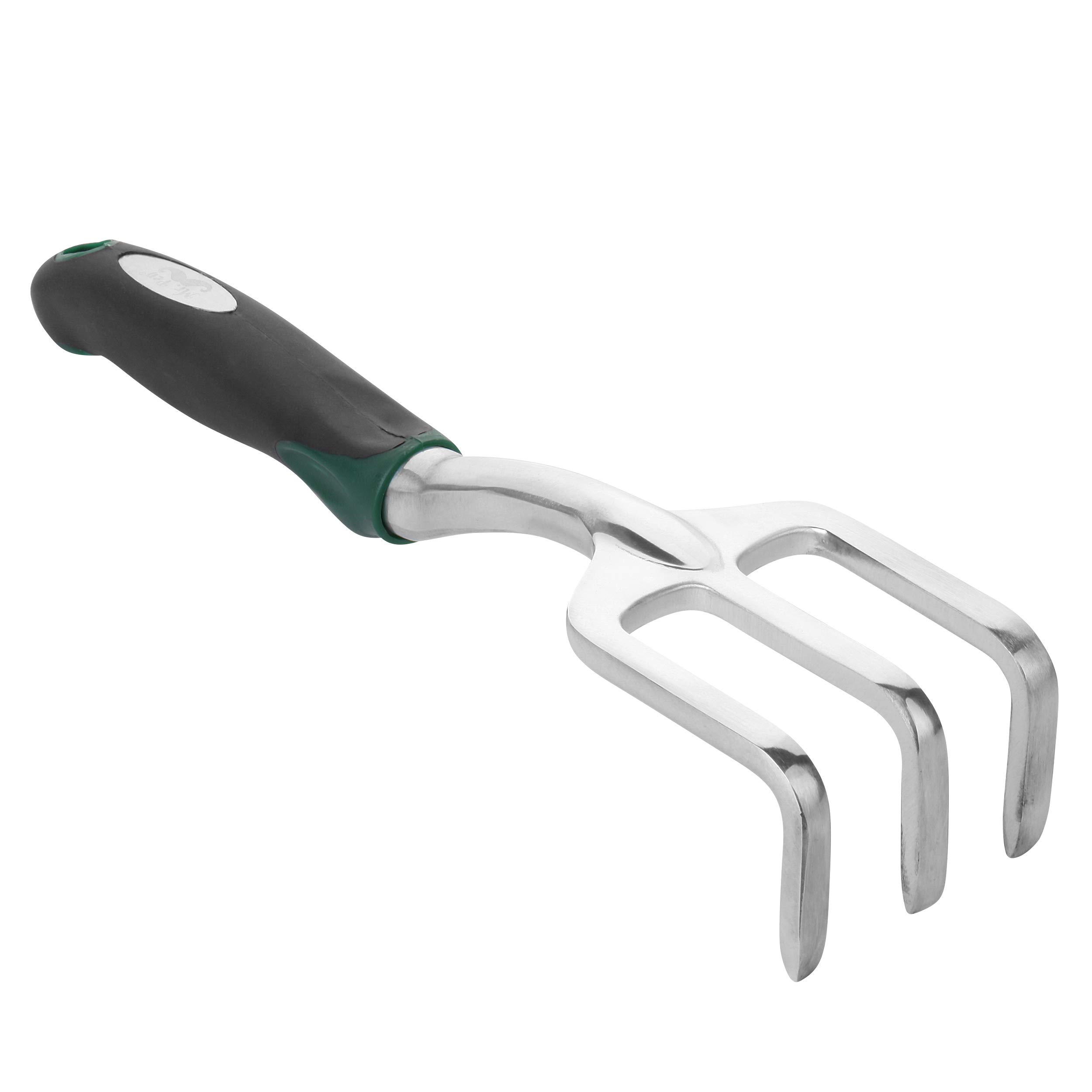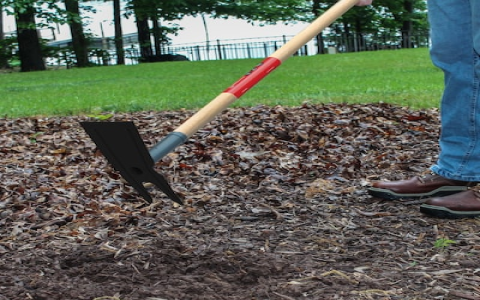Okay, today’s little adventure started with pure frustration. Let me tell you, trying to dig into that patch behind my shed felt like attacking concrete. Seriously. My old trusty shovel – that single-pointed one I’ve had for years – just bounced off or skimmed the surface. Every thrust was met with this annoying resistance, and my wrist was screaming after ten minutes.
The “Hard Reality” Moment
I was determined to plant some shrubs back there. Sunshine was perfect, timing was good… except the darned ground wasn’t playing ball. I dug my heel in, grabbed the shovel with both hands leaning all my weight, and WHAM – the shovel bounced up so hard I nearly punched myself in the face. Not cool. The blade just left a little white scratch on the packed dirt. Zero progress.

The Lightbulb Goes Off (After Some Swearing)
Took a break, leaned against the shed, sweating and annoyed. Started thinking, “There’s gotta be a better way than breaking my back or renting heavy gear.” Remembered seeing those weird three-prong things online. People kept talking about them for tough soil. Honestly? I was skeptical. How could three pointy bits be better than one sharp blade?
Trial and Error (Mostly Error)
First, I tried the brute force approach again. No luck. Then, like an idiot, I grabbed a smaller hand trowel. Yeah, you can guess. Bent it on the first serious push. Goodbye, trowel. That was dumb. My neighbor happened by during this disaster, took one look, and said, “Mate, you need a fork for that, not a knife.” Got me thinking about those prongs again.
Getting the Tool (Simple but Effective)
Walked right down to the local garden center. Found the digging fork section. Saw big, heavy ones looking like pitchforks – overkill. Then spotted this solid, shorter one with three thick, pointed prongs and a sturdy handle. Felt hefty, comfortable. Simple design. “This looks promising,” I thought. Honestly, it felt less like a fancy innovation, more like a very straightforward tool built for a very straightforward problem.
Putting It to the Test (Fingers Crossed!)
Got home, marched to my nemesis patch. Stood on the crossbar of the fork to really sink the prongs in. Leaned back… and instead of bouncing, the prongs pierced through the crusty top layer. Applied leverage downward on the handle. Felt the soil give way. It cracked! Used a rocking motion, pulling back slightly. Boom! First bite of hard soil broke free. Repeated the process:
- Step on the bar.
- Drive prongs in deep.
- Rock back.
- Lever the chunk out.
Worked like a charm! It wasn’t magically easy, but it was possible. The three prongs concentrated the force enough to penetrate, and the leverage cracked open the compacted layers instead of just sliding over them.
Why It Actually Works (For Me, Anyway)
Finished planting the shrubs. Took effort, sure, but manageable compared to the shovel disaster. Here’s the real deal I figured out:
- Penetration Power: Three points hitting one small area drive way deeper than one wide shovel blade trying to cut.
- Leverage Magic: You’re not just stabbing; you’re using the tool like a lever to crack the soil apart.
- Less Slippage: Prongs grab the soil instead of skidding across the surface.
- Rock Friendly: Hits small rocks? Prongs can often slip between them or nudge them loose. Way better than a shovel blade hitting one head-on.
Honestly, it feels less like science and more like finally having the right kind of stick to break open a tough nut. Won’t solve every hard soil problem forever, but for compacted areas like mine? It was a total game-changer. Saved my back and my sanity. Don’t be dumb like me – skip the shovel for stuff that feels like concrete!





















